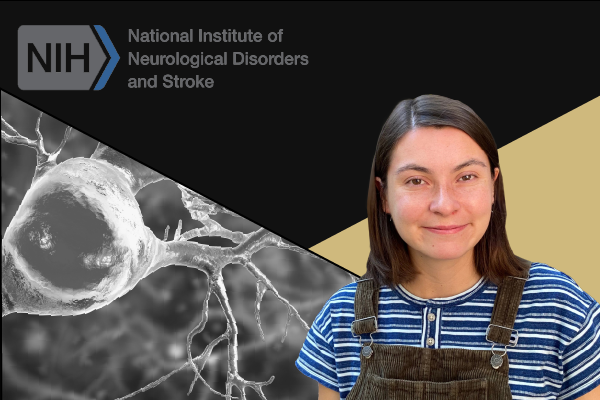
Welcome to the Department of Physiology and Biophysics
Research Areas
Department News
Department Events
Our seminar series will be on pause for the summer and will return in August 2025 with a new list of guest speakers. We greatly appreciate your interest in the Physiology and Biophysics Seminar Series.
.png?sfvrsn=4e1f19b4_1)

